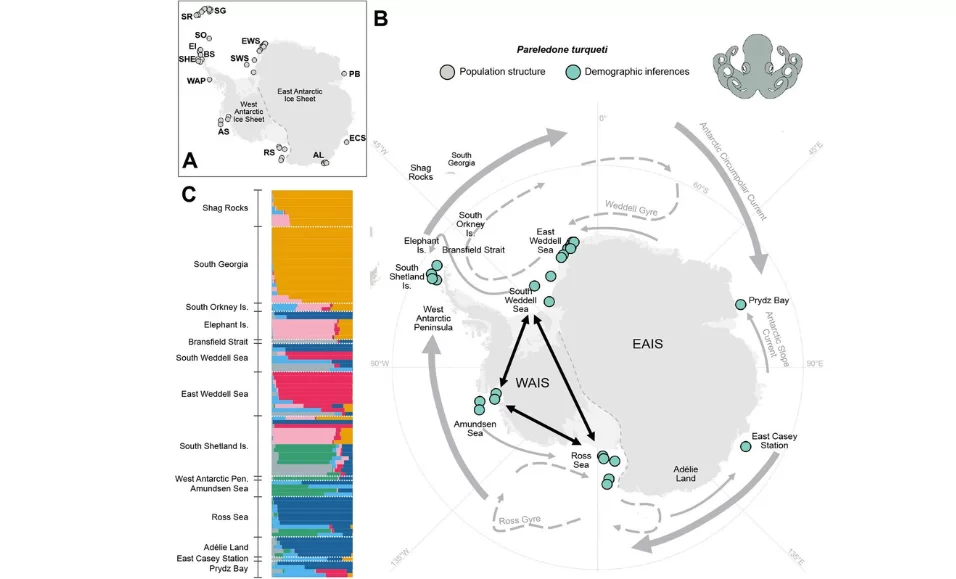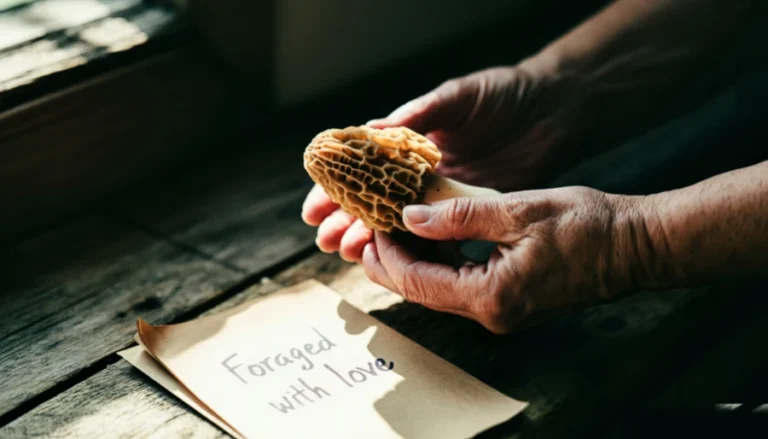Welcome to a tale of a remarkable creature that calls the world’s iciest oceans its home. In the depths of Antarctica, there exists an octopus that has left scientists scratching their heads and children in awe. How can this eight-armed wonder thrive in such freezing conditions without turning into an icicle?
Whether you’re looking for a deep scientific exploration or a fun-filled adventure story, we’ve got both flavors right here for you. Dive in and choose your adventure, as we unravel the secrets of the unfreezeable octopus! 🐙❄️
Cool Creatures of the Deep: The Octopus that Doesn't Freeze!
Imagine swimming in the coldest ocean on Earth, where icy water can make even the biggest sea giants go “Brrr!” Well, there’s a super-cool octopus in Antarctica that does just that and doesn’t even get cold toes… or, well, tentacles!
Meet the Super Octopus
This chilly hero is called the Pareledone octopus (AKA Turquet’s octopus). It has a nifty trick up its sleeves – oh, wait, it doesn’t have sleeves, but it does have eight arms! This octopus has a special blue blood (how cool is that?) that helps it breathe and stay active, even when its home turns into a giant icy slushie.
Why Are They So Special?
Some smart scientists from the Marine Biological Laboratory started to wonder, “How do these octopuses do it?” They found out that these octopuses have something like tiny magical workers inside them, called ‘cold-adapted’ enzymes. Imagine them like little helpers that make sure the octopus can move, eat, and play even when it’s super cold.

The Enzyme Mystery
Now, enzymes are like the mini-chefs inside our bodies, helping cook up all the things we need to stay alive. But the octopus’s enzymes have a superpower. They can work in freezing temperatures without getting tired or slow.
The Big Discovery
To solve this cold mystery, the scientists played detectives. They looked at the Pareledone octopus’s enzymes and another octopus that likes warmer water. And guess what? They found tiny changes in the Antarctic octopus’s enzymes that made them super-chilled champs!
One special change, named L314V (sounds like a robot’s name, right?), was the biggest superhero of them all. Without this tiny hero, the octopus would find it super hard to swim in the freezing waters.
Cool, Right?
So, the next time you think of cool creatures, remember the Antarctic octopus. It swims in the iciest waters, has blue blood like a horseshoe crab, and tiny superheroes inside it that stop it from freezing. Maybe one day, you can become a scientist and discover more about these awesome underwater wonders! 🐙❄️🌊
Mysteries of the Deep: How Antarctic Octopuses Brave Earth's Iciest Waters
It’s a chilly puzzle: how do Antarctic octopuses, living in the planet’s iciest ocean with temperatures that can plummet to -2°C (28°F), manage to survive and thrive? The waters are cold enough to make any cold-blooded creature shiver, but not these octopuses.
Diving deep into the enigma, scientists discovered something fascinating about the Pareledone octopuses. These unique octopuses utilize their trio of hearts to circulate a distinctive blue blood. This life-ensuring liquid effectively delivers oxygen throughout their bodies, even in the freezing Antarctic conditions.
Further explorations led by the Marine Biological Laboratory in the US uncovered that these octopuses possess ‘cold-adapted’ enzymes. Such enzymes are crucial for myriad biochemical processes. Remarkably, the special make-up of these enzymes allows them to function efficiently in the cold, unlike their counterparts in warmer-water octopuses.

Enzymes are a diverse bunch. While some easily adjust to various temperatures, others are tucked tightly into cell membranes, dealing with a far stricter working environment. Within these membranes, protein channels or ‘pumps’ facilitate crucial movements of ions, essential for energy transfer within the cell.
Curious about how these enzymes manage the Antarctic chill, a collaborative research team constructed two models. One imitated the enzyme pump from Antarctic octopuses and the other from a temperate species, the two-spot octopus.
These enzyme pumps are pivotal as they swap sodium and potassium ions, consuming adenosine triphosphate (ATP), a cell’s energy currency. Their role is vital for cell functions, making them a prime focus for the study.
And their findings? The Antarctic version was a champ in the cold, proving to be naturally more cold-resistant than its temperate counterpart. At a closer look, the researchers pinpointed slight differences in their amino acid structures.
They identified a dozen mutations in the Antarctic enzyme that appeared to bestow its cold-bearing capabilities. Delving deeper, they found three mutations that were the heroes, offering most of the resistance against the freezing waters. One mutation, notably at L314V, was a game-changer – without it, the enzyme pump struggled in near-freezing conditions.
The team believes that this specific mutation may provide extra flexibility within the cell membrane, but further studies are needed. For biophysicist Miguel Holmgren, the revelation that adaptations occurred at the protein-membrane interface was expected. “It’s entirely logical,” he remarked.
With these findings in hand, the researchers are eager to probe deeper into the mechanisms that enable these octopuses to function in such extreme environments.
More To Discover
- 17 Of The Most Evil Things Nestlé Has Ever Done: The Many Crimes Of The Chocolate Giant
- Siemens Energy’s Wind Turbine Woes Reflect Challenges in Germany’s Energy Shift
- Bitcoin Miners Triumph in Court, Shielding Energy Secrets. Why It Matters.
- America’s Wild Boar Invasion Is Getting Worse, So Why Don’t We Just Eat Them?
The icy waters of Antarctica still hold many mysteries, and understanding its inhabitants can unlock incredible secrets.
Source: PNAS




















